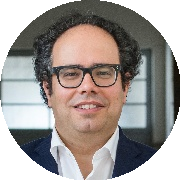
Luis O. Silva
PI | web

Our team combines theory and massively parallel simulations to address the highly nonlinear scenarios associated with extreme conditions in the laboratory and in astrophysics involving relativistic flows or high intensity electromagnetic fields. We use the largest supercomputers in the World to address several longstanding scientific questions.
As part of GoLP, we are committed to continuously “raising the bar” and to pursue the mission of GoLP, according to Code of Conduct of GoLP
.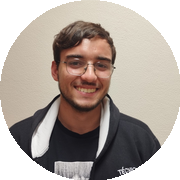
Afonso Santos
MSc Student
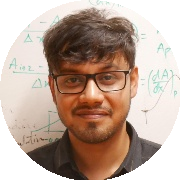
Ankur Nath
PhD student

Diogo Carvalho
PhD student
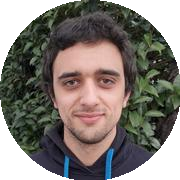
Filipe Cruz
PhD student
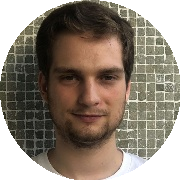
Francisco Assunção
MSc student
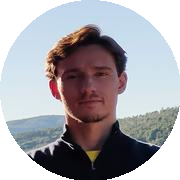
João Garcia
MSc student
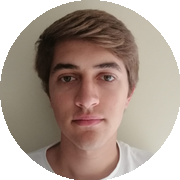
João Joaquim
MSc student
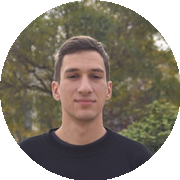
Manuel Ratola
MSc student
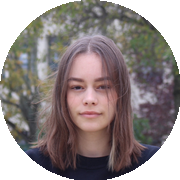
Margarida Pereira
MSc student

Zahra Mohamadzade
PhD student
Denis Ring, Manuel Gomes, Tiago Vistas
The activities of GoLP are focused on research and advanced training in Plasma Physics, Advanced Photonics and Advanced Computing, through (i) research in frontier questions, grounded on a culture of entrepreneurship, creativity, and international collaboration, (ii) the outstanding quality of our members, and (iii) the commitment to the scientific and technological development of Portugal and Europe. Our aim is to be recognized as one of the best research groups in our field through the reputation of our researchers, the quality of our students, and the successes of our alumni.
In our vision, GoLP (i) assumes a leading role in our fields, (ii) is a central hub for new ideas/approaches, exciting discoveries/developments; (iii) is a magnet for outstanding students, post-docs and researchers; (iv) provides an exciting research environment similar to the best; (v) sustains its scientific breakthroughs through a unique interplay between theory, simulation and experiments.
GoLP is committed to promote a creative supportive environment for all its members and visitors.
We want to promote free interaction, freedom of thought and expression, the open exchange of ideas, and respectful scientific debate, and we also want to ensure that everyone gets a chance to participate, to have their ideas heard, to feel respected, and to have a safe, good, and healthy working environment.
We want to promote the professional and personal development of all our members, in particular of young students in the early stages of their scientific careers.
We then expect all GoLP members to:Those in violation of the code of conduct, as well as the code of conduct of Instituto Superior Técnico and Universidade de Lisboa, may be subject to disciplinary action.
Adherence to this code of conduct is expected of all GoLP members, and visitors This code applies both to in-person behaviors and when using any communication channels, including email, Slack/MS Teams, and social media.
Code of conduct of Instituto Superior Técnico and Universidade de Lisboa